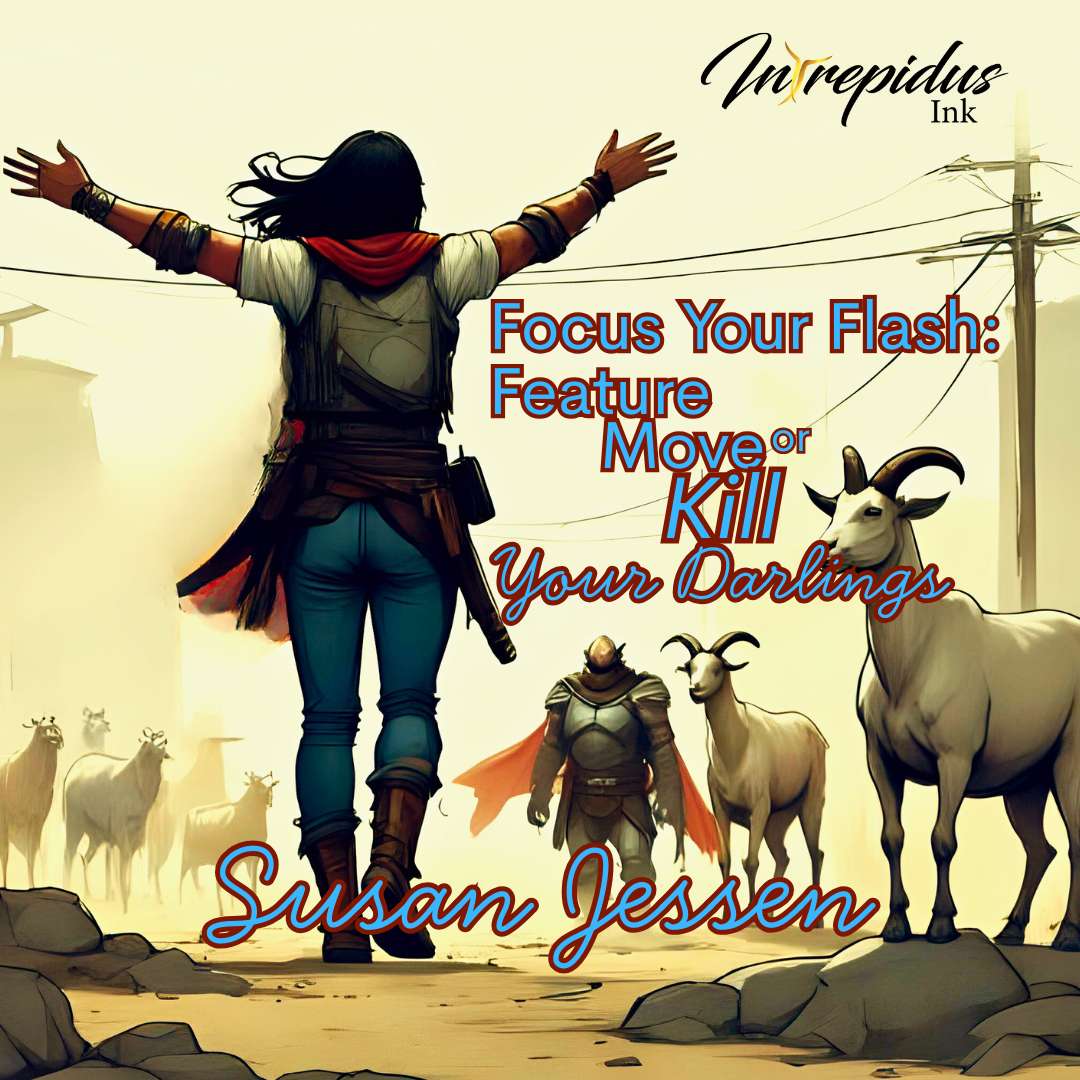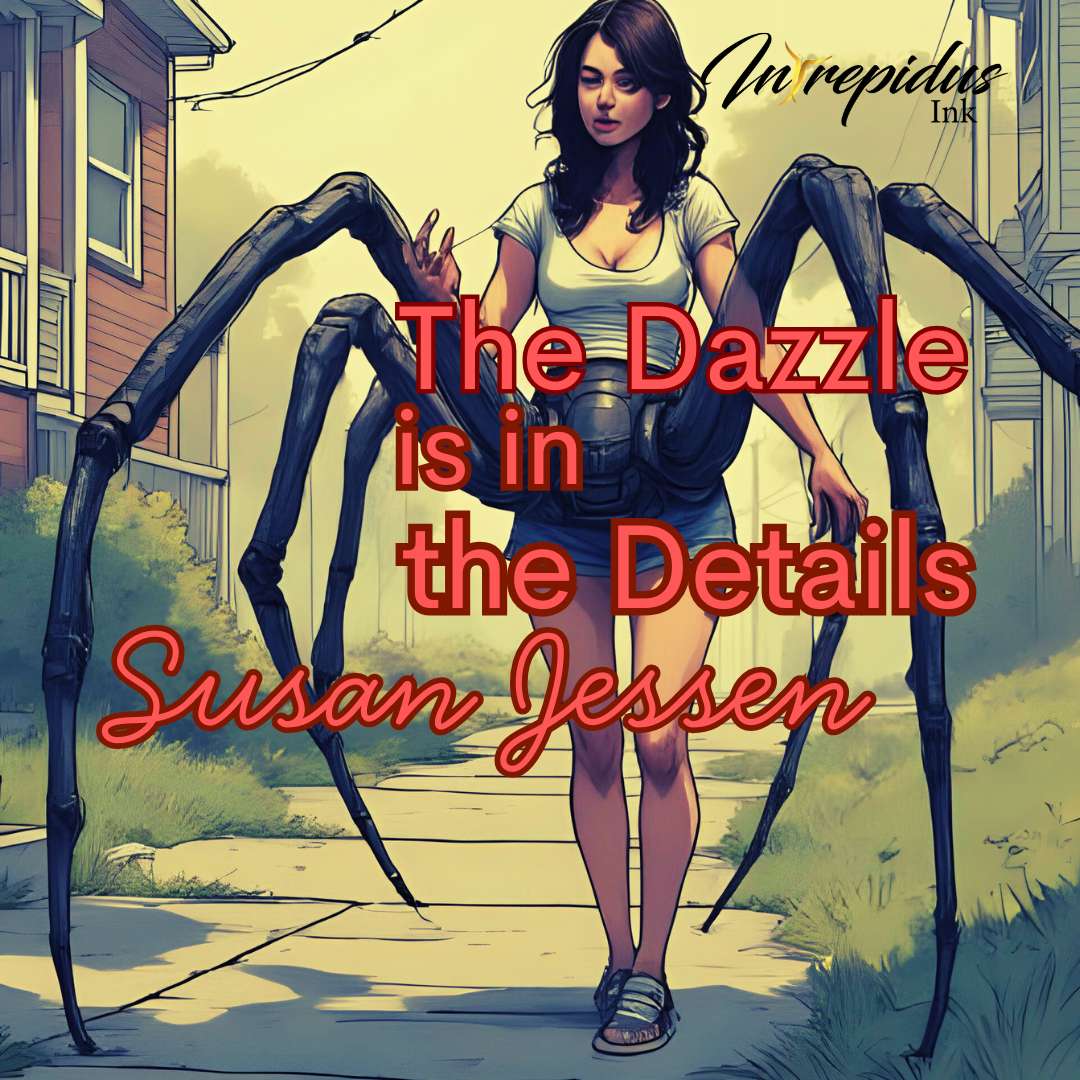
A “darling” is any part of a piece that isn’t essential. Darlings have the potential to steal the focus away from the heart of a story. Darlings can waste word count and break the special spell superb stories cast. Featuring, moving, or killing these beloved bits can free up word count, improve pacing, and keep readers riveted.
MOVE YOUR DARLINGS
If the darling is a scene-stealing character or a rich bit of research or a stunning subplot, consider letting the darling live its best life in another story, where it can shine. Some writers cut and paste their darlings into a special document, which they can scavenge for future projects.
Let’s pretend Thor’s trickster brother Loki made an appearance in “Goats in the Boiler Room” by Le MacKenzie. Loki, who surely suffers from main character syndrome, would delight in stealing the focus from Thor, the goats, and the protagonist’s perilous predicament. Think of the delicious dangers Loki could discover in a story of his own.
But not every superfluous character is as interesting as Loki. Consider each character and their role in the story. Sometimes characters can be combined or culled or allowed to be unnamed tertiary characters who perform particular functions. For example, at the end of MacKenzie’s story, the protagonist retreats to a friend’s house. Little information about the friend is provided, because their name and other details aren’t necessary. The friend serves the purpose of giving the protagonist a place to stay. Additional details about the friend could be considered darlings that may best be deleted as discussed in the next section.
KILL YOUR DARLINGS
Deleting can be a quick and easy solution for certain darlings, such as extraneous backstory, redundant information, tangential dialogue, or anything that breaks the story’s spell. Spell breakers include things that don’t fit with the overall mood and tone of the story.
Let’s pretend “Goats in the Boiler Room” included a hundred words of dialogue with the protagonist telling Thor about her childhood chickens. While that could be a cool conversation, a chicken chat would distract from the important story elements. The humorous tone is part of this story’s spell, so a tangent about the traumatic demise of the protagonist’s first pet chicken would likely break the mood. By omitting these chicken nuggets, there would be more word count to devote to the thunder god and the goats. After all, these goats are special. They are the nothing-can-harm-them kind of goats and a critical story component.
FEATURE YOUR DARLINGS
By “featuring,” I mean making the darling uncuttable by tying it closer to the story.
Let’s pretend MacKenzie had spent a couple of lines simply describing Thor’s cape and received the feedback that the cape was a dreaded darling, and the revision resulted in the actual story, where there isn’t much description of the cape. Instead, the cape is used to increase the tension and add to the humorous elements, as shown by the following excerpt. “Meanwhile, the goats have finished as much as they can of Thor’s cape, leaving only a short caplet hanging over his shoulders. They go back to munching live electrical wires and gnawing on the gas line.”
DON’T DREAD YOUR DARLINGS
Don’t worry about identifying darlings until after the story is drafted, your vision for the story is clear, and you’re ready to revise.
TAKEAWAY
Consider each element of the story and the purpose it serves, e.g., whether it’s critical to world-building, revealing character, creating tension, driving the plot, mood, etc. If you deem the element a darling, decide whether it makes sense to feature, move, kill, or keep it.

Author Bio
Susan Jessen is an Acquisition Editor at Rock and a Hard Place Magazine and provides editorial feedback during Flash Fiction Magazine’s quarterly contests. Her stories have been published under a pseudonym in various anthologies and magazines.


